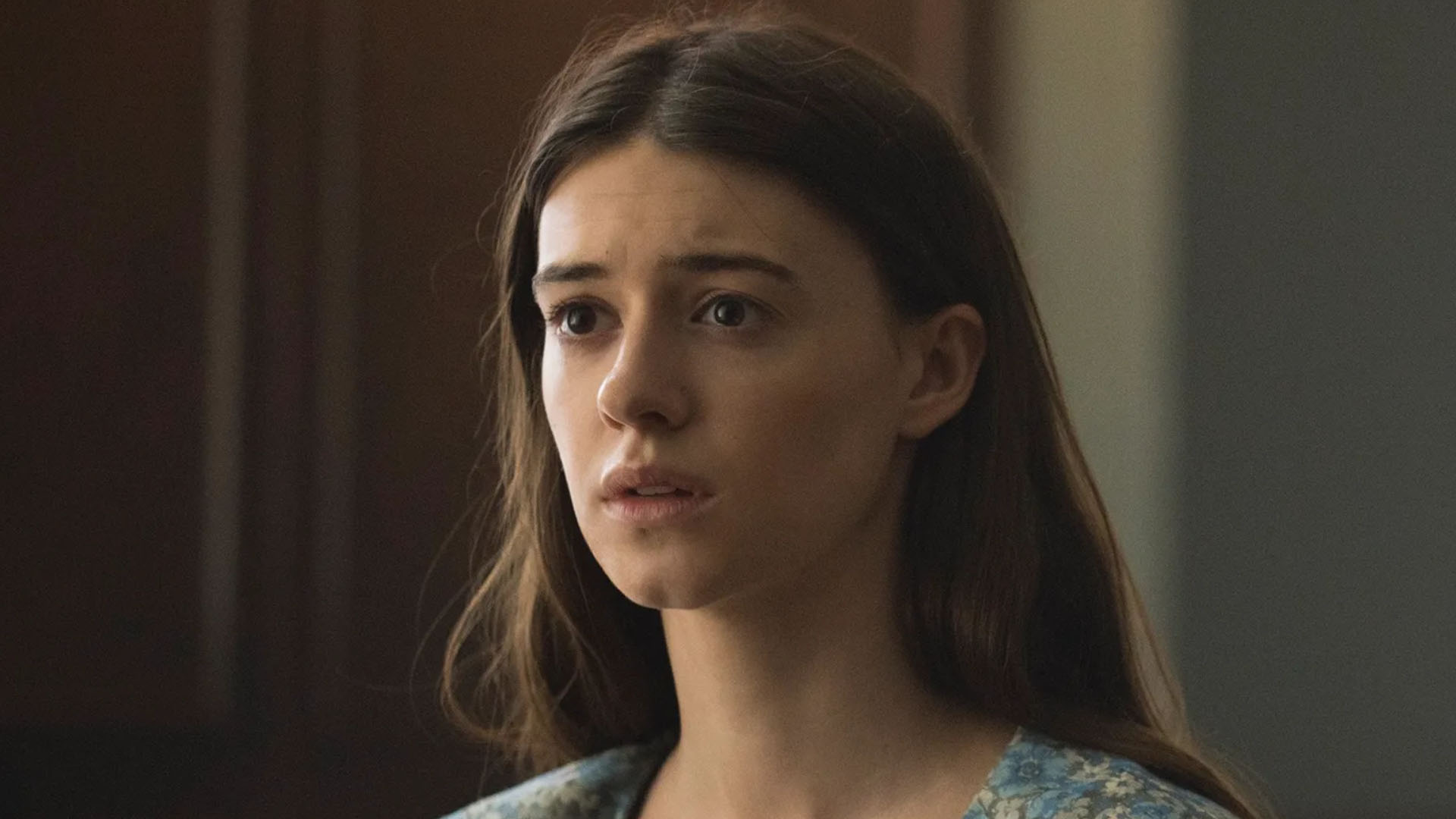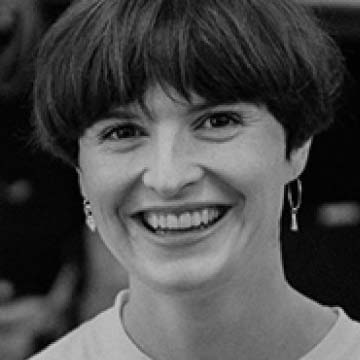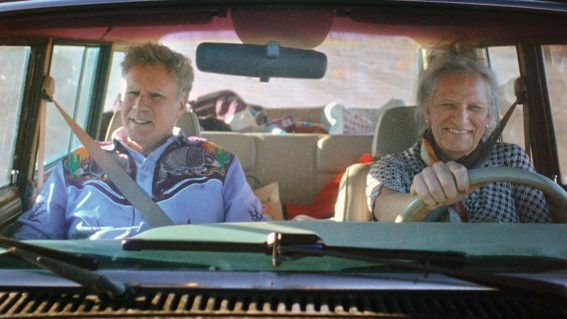Visually lush Where the Crawdads Sing struggles to evoke a sense of urgency
There’s little in the script to allow Daisy Edgar-Jones a chance to flex her character’s emotional dexterity.

Adapting the best-selling novel by Delia Owens, Where the Crawdads Sing follows a woman raised alone in the marshes of the deep South who is now the prime suspect in her ex-boyfriend’s murder. It’s a visually lush film, writes Rachel Ashby, but the film struggles to evoke a sense of urgency.
Director Olivia Newman’s adaptation of Where The Crawdads Sing, the wildly popular Delia Owens novel, is a swampy tale of murder and romance that is visually lush but bogged down by a lack of meaningful substance.
Set in the North Carolina Bayou in 1969, Crawdads centres on the suspicious death of a local well-to-do jock Chase (Harris Dickinson), whose body is found in the marsh. Accused of his murder is the film’s protagonist Kyah (Daisy Edgar-Jones), a young woman who lives alone in a cabin on the swamp, known to the locals as ‘The Marsh Girl’. Through flashbacks, we learn about her isolated life. Her father was abusive and her family eventually all left, leaving the child Kyah to fend for herself, gaining a reputation as the town weirdo.
For all of her supposed pariah status, the film does little to make us really care for Kyah or feel any sense of potential peril for her. The gorgeous ochre and green soaked shots of the bayou paint a humid closeness, but they lack the tension you might expect to backdrop the story of a young girl surviving alone in a wild part of the country. Danger and hardship feel far away at all times in the film—even when Kyah is explicitly in trouble. Child Kyah’s poverty is overcome through a plucky montage of inexplicable resourcefulness, while teen Kyah’s illiteracy is remedied when handsome nice-guy Tate (Taylor John Smith) teaches her to read. Even when Kyah is chased by a violent boyfriend, or when she is sitting in the courtroom facing a potential death penalty, the film struggles to evoke a sense of urgency.
Edgar-Jones has played troubled young women before, most notably in her breakout role as Marianne in another book-to-screen adaptation of Sally Rooney’s Normal People. While she performed that character with subtlety and warmth, there’s little in the Crawdads script to allow Edgar-Jones a chance to flex this emotional dexterity here.
This flatness rings throughout other aspects of Crawdads, notably with the film’s total commitment to avoiding any kind of conversation about race or racism. The only two Black characters in the film are a shopkeeping couple Mabel (Michael Hyatt) and Jumpin’ (Sterling Macer Jr.) whose primary concern is for the beleagured white heronie’s well-being. The closest the film gets to acknowledging the racial politics of the day is a few rude words thrown their way by the previously mentioned awful boyfriend. In this context, parallels that others (including the film’s producer Reese Witherspoon) have drawn to that literary great To Kill A Mockingbird don’t place Crawdads in an especially nuanced or thoughtful light.
The superficiality of Crawdads is ultimately its downfall. The lack of depth afforded to the characters, and the sanitised softness of the context conspires to make the film one long (albeit pretty) trudge towards a predictable conclusion. Where The Crawdads Sing is more effective as a glossy cottagecore fantasy befitting the Taylor Swift track written for the credits than it is as a tense tale of marshland morality.

























